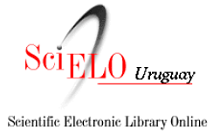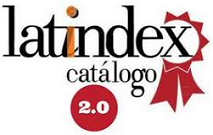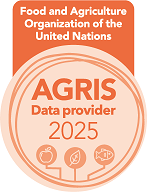Nivel de carotenoides en sangre como biomarcador de la funcionalidad intestinal en pollos de engorde vacunados contra la coccidiosis
Palabras clave:
Carotenoides, Salud intestinal, Vacuna coccidiosisResumen
This study aimed to identify a potential biomarker for evaluating gastrointestinal functionality in broiler chickens. To achieve this, a total of 858 one-day-old male broilers were distributed into three treatment groups, with 13 replicates of 22 birds each. The treatments were 3 anticoccidial control programs: T1 = Control, no program; T2 = Live Coccidiosis Vaccine (gavage at 3 d old 0.21 ml per bird); and T3 = ionophore in feed (Narasin 50 ppm + Nicarbazin 50 ppm initial phase; Narasin 80 ppm growth phase and 60 ppm final phase). Broilers were placed in a three times reused litter and mash basal diet feed based on corn and SBM. Blood samples were collected at 21 days, and total carotenoid levels were measured using a less invasive, rapid, and low-cost analytical method. Performance parameters were also collected weekly. The data was analyzed using One-Way ANOVA with a Tukey’s test. The results showed that broilers vaccinated with the live coccidiosis vaccine had significantly lower total blood carotenoid levels (1.63 mg/L) compared to the non-vaccinated (3.99 mg/L) and the birds that received anticoccidials (4.43 mg/L) (P<0.0001). This decrease in carotenoid levels was also related to lower body weight gain (1.006 kg) and worsened feed conversion ratio (1.36 g:g) compared to the non-vaccinated (1.132 kg; 1.28 g:g) and birds that received anticoccidials (1.124 kg; 1.29 g:g) (P<0.05) in the initial period of 1-21 days. These findings suggest that the live coccidiosis vaccine had deleterious effects on intestinal mucosa compared to other groups. Overall, the study concluded that the determination of total blood carotenoid levels is a potential biomarker for evaluating intestinal functionality in broiler chickens. This biomarker is directly related to zootechnical performance, making it a valuable tool for experimental evaluations. The less-invasive, rapid, and low-cost analytical method used in this study also makes it a practical and accessible tool for researchers in the field.
Descargas
Publicado
Cómo citar
Número
Sección
Licencia
Derechos de autor 2025 Sociedad de Medicina Veterinaria del Uruguay-Facultad de Veterinaria, Universidad de la República

Esta obra está bajo una licencia internacional Creative Commons Atribución 4.0.











